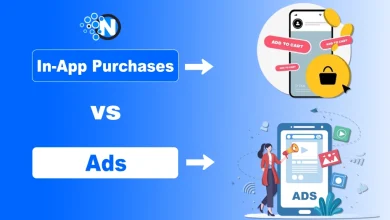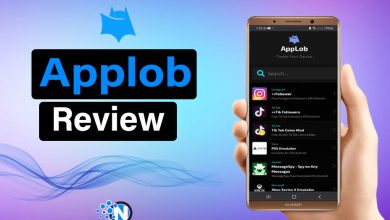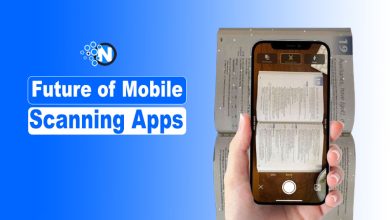AdMob Guide to App Monetization: Maximizing Revenue and User Experience
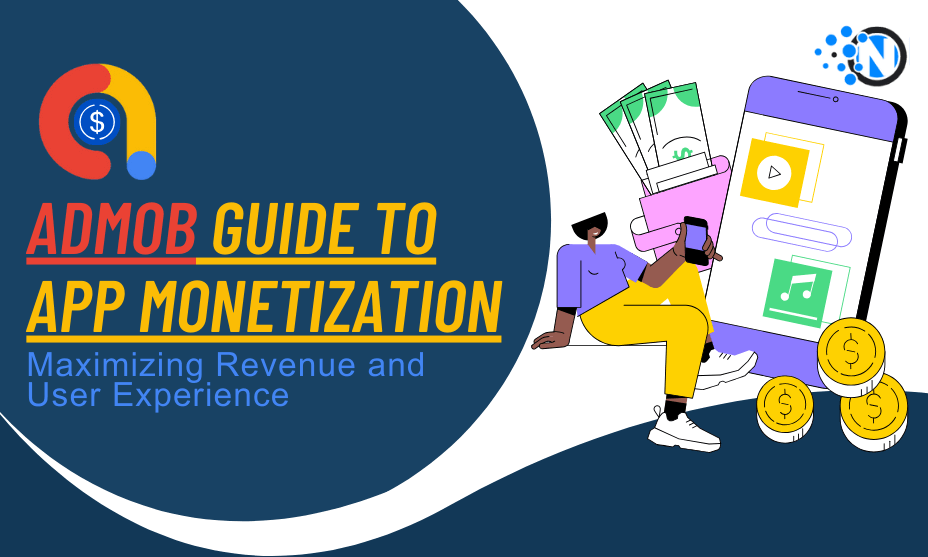
Mobile app developers usually face two challenges in this digital world: creating great user experiences and finding long-term strategies to make money through apps. Google’s mobile advertising network, AdMob, is the perfect solution to this problem. With smart ad integration, you can make money from your app without sacrificing the user experience. In this article, we will explain AdMod, the types of ads offered, best practices, and advice in this comprehensive AdMob guide to maximize app income while putting user experience first.
Google AdMob Explained
AdMob is a leading mobile advertising platform allowing developers to monetize their apps through different ad formats. AdMob works by matching ads to an app based on criteria set by developers. Advertisers create and pay for the ads, and pay different prices for each ad. App owners or developers get paid by the company through displaying ads on their apps. It provides access to a vast network of advertisers, advanced targeting options, and advanced analytics to help developers maximize their ad revenue.
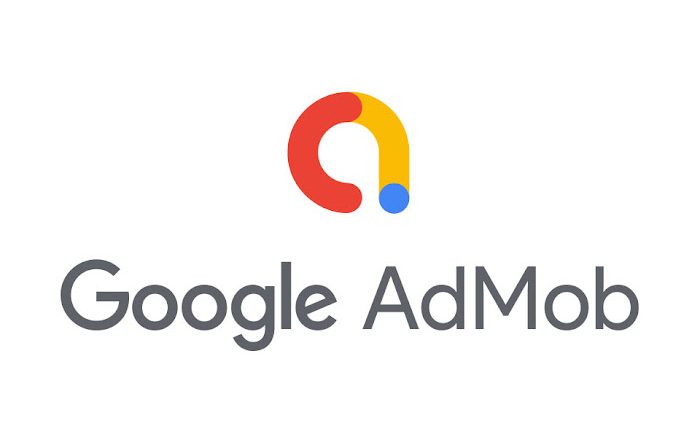
Types of Ads by AdMob
Below we will look into each of these formats in more detail to learn about their special benefits and recommended usage scenarios:
Banner Ads
Ad banners are the most widespread ad format typically used in mobile apps. They usually come in the form of small rectangular ads that are located either at the top or at the bottom of the screen, offering effortless adaptation to the app’s design. Meanwhile, banner ads have continuous visibility but without interrupting the user’s experience. It is, therefore, important to find a balance on placement and intrusiveness. To place the banner too close to interactive elements or the core content increases the probability of accidental click or user frustration. Thus, where the banner ads should be placed is an important question to address. This is to make sure that they are placed in an area that complements the app’s design without affecting the user experience.
Interstitial Ads
The interstitial ads are full-screen ads that appear in the middle of the game or app interface when a break or a transition is required, for example, taking place between levels of the game. Interstitial ads’ immersive nature leads to high accuracy and click through rates. However, developers should practice caution when applying interstitials as they might disturb user interaction. Users’ dissatisfaction with means of interstitial ads makes the app quit as indicated by increased rates of app uninstalls.
Rewarded Ads
Rewarded ads enable users to receive in-app rewards (such as virtual currency or additional lives) by watching or interacting with the ad. In this format, users and developers benefit from each other, cause the first ones earn valuable rewards and the second ones gain money through ads impressions. To achieve the most from users’ engagement with the reward video ads, developers must provide sufficiently attractive rewards to encourage users without dishing out the app’s core value propulsion.
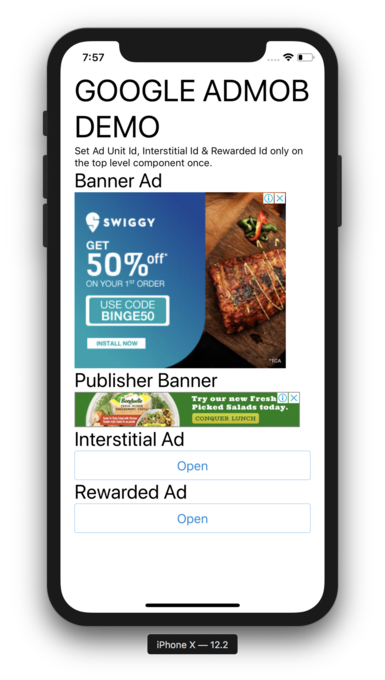
Native Ads
Native ads are directly inserted into app’s content stream, being highly compatible with the existing UI to create a non-disruptive experience. Convergent to the conventional banner ads, the native ads are created in such a way that they match the app style and feel thereby making them blend and less intrusive to users. Using native ads built into the app, developers will get higher engagement and the general user happiness level would increase. Yet an important point to note is that native ads must be clearly labeled as ads to guarantee transparency and follow the industry best practices. In addition, developers should endeavor to develop ad experiences that match with the look and feel of the app as well as the general theme which should serve to enhance rather than destroy the end user’s experience.
Getting Started with AdMob Monetization
Take these actions to start making money from your app with AdMob:
Create an AdMob account: Go to the AdMob website and sign up using your Google login details. After registering, you may handle payments, track performance, and set up ad units on the AdMob dashboard.
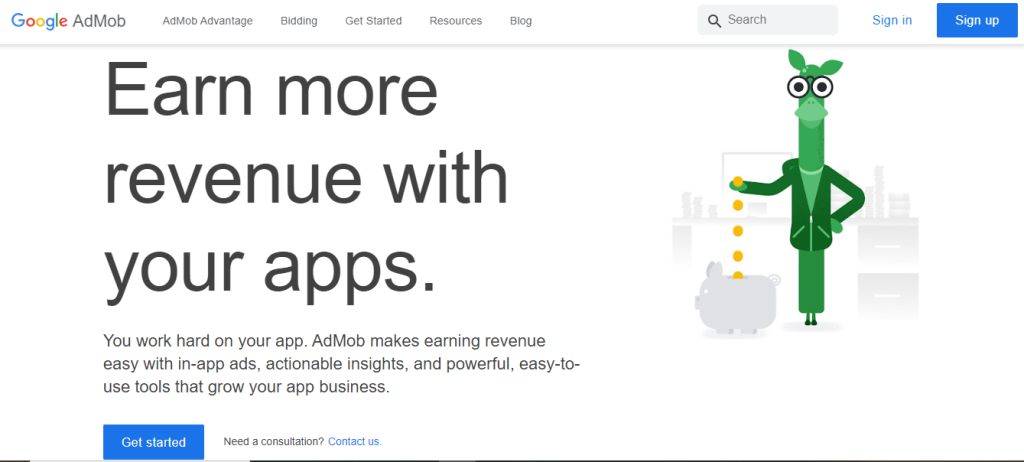
Integrate the AdMob SDK: You must incorporate the SDKs that AdMob offers into your app for the iOS and Android operating systems. To guarantee correct implementation, adhere to the integration guidelines found in the AdMob handbook.
Make ad Units: In your app, ad units are placeholders where advertisements will appear. Select the ad formats that work best for the look and feel of your app from those offered by AdMob.
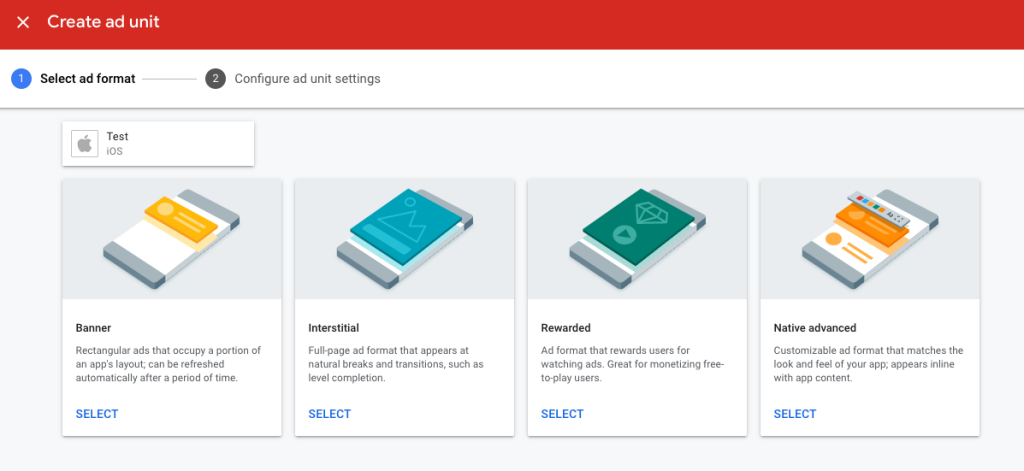
Set up Mediation (optional): By incorporating several ad networks into your app, mediation enables you to optimize your ad revenue. AdMob mediation ensures optimal monetization by automatically choosing the highest-paying ad from a pool of partner networks.
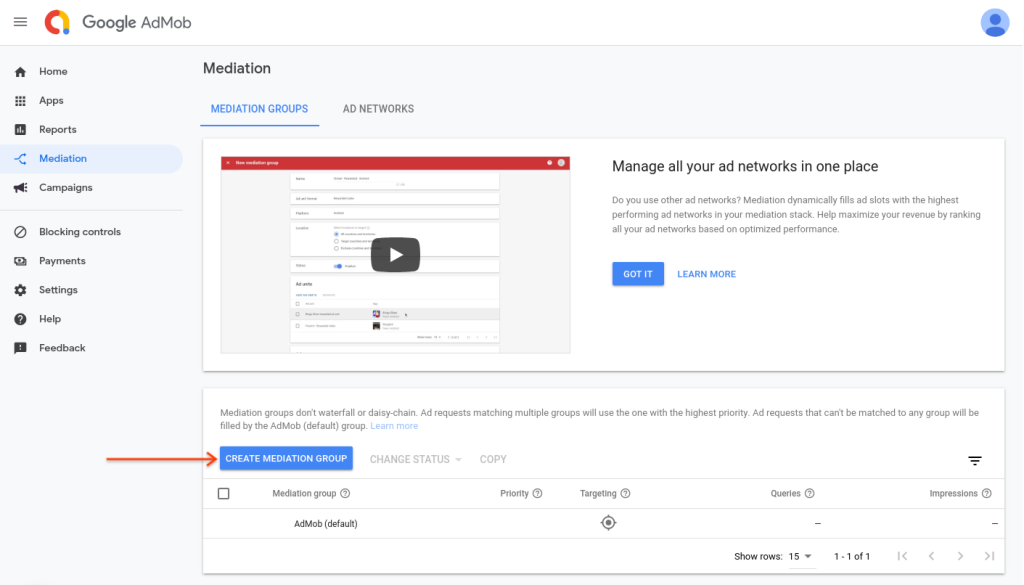
Optimizing Frequency and Placement of Ads
The location and frequency of advertisements in your app can greatly impact user engagement and income. The following advice can be used to maximize ad placement:
Place advertisements strategically: Try out several ad placements to determine the best ratio between user experience and visibility. Keep your adverts away from areas where the app’s content or operation is essential.
Think about user flow: Examine how users interact with your app to find appropriate pauses where you can add adverts without detracting from the user experience. For instance, consider putting interstitial advertisements during screen changes or between game levels.
Try a variety of ad formats: Do this to determine which ones your users respond to the best. To find out which formats work best, track performance measures like revenue, eCPM (effective cost per thousand impressions), and click-through rate (CTR).
Limit the frequency: Limit the frequency at which advertisements are shown to users in order to avoid overexposure. This is known as frequency capping. Maintaining a great user experience requires setting realistic frequency caps depending on user behavior and preferences.
Optimizing Income Using AdMob Mediation
AdMob mediation enables you to incorporate several ad networks into your app and boost your ad revenue. This is how it operates:
Ad network SDK integration: Select an ad network from a list of supported networks, then include the AdMob SDK into your app along with its SDK.
Establish mediation groups: In the AdMob dashboard, create mediation groups and enter the ad networks you want to have in the mediation waterfall.
Set up eCPM values: To assist AdMob in prioritizing ad serving and optimizing revenue, assign projected eCPM values to each ad network.
Track performance: Track each ad network’s performance in the mediation waterfall and modify the eCPM values as necessary to maximize income.
Tips for Maximizing Your AdMob Earnings
AdMob income enhancement is through an organized process and a constant review. Here are some tips to help you boost your ad revenue:
Experiment with Ad Formats
Try different ad formats such as banner ads, interstitial ads, rewarded ads, and native ads to find out which ones work the best in the context of your app. Include user engagement, visibility of ad and revenue potential in considering ad formats. Keep an account of the ad performance metrics, such as CTR and eCPM, to see which ad formats perform best for your app.
Optimize Ad Placement
Put mobile ads at chosen spots in the app to get optimal visibility and traffic without causing interruptions. Test varying ad placements, e.g. in content streams, at natural break points or within menu screens, which will yield the highest placement exposure while still keeping the users happy. Don’t place ads too close to interactable elements or essential content, until you end up getting accidental clicks or user irritation.
Implement Ad Mediation
Add ad mediation to increase rivalry among ad networks and take advantage of ad revenue. Using ad mediation you can unite the majority of ad networks at the same time so the highest-paying ads can always be shown to your users. Monitor an ad network, while using mediation tools to focus on the most profitable ad sources.
Focus on User Experience
Focus on the users’ experience first to make sure that they stay engaged and continue to use the app. Ad upcoming breaking news through intrusive ad formats, excessive ad frequency, and disruptive ad placements should be avoided to prevent users from quitting your app. Additionally, incentivized ads may give value to users, which they can obtain in exchange for viewing ads. This may include in-app rewards or premium content.
Optimize Ad Targeting
Leverage AdMob’s advanced targeting options to deliver personalized ad experiences to your users. Segment your audience based on demographics, interests, and behavior to serve more relevant ads that are likely to resonate with users. Use contextual targeting to display ads that are contextually relevant to the content or features of your app, increasing the likelihood of user engagement.
Monitor and Analyze Performance
Regularly monitor ad performance metrics, such as fill rate, CTR, eCPM, and revenue, to identify trends and opportunities for optimization. Use AdMob’s analytics tools and reporting dashboards to gain insights into user behavior, ad performance, and revenue trends. Experiment with different optimization strategies, such as adjusting ad placements, tweaking ad targeting parameters, or testing new ad formats, to continually improve your ad revenue.
Stay Compliant with Policies
Adhere to AdMob’s policies and guidelines to ensure compliance and avoid account suspensions or penalties. Familiarize yourself with ad placement policies, content guidelines, and prohibited practices to maintain a positive relationship with AdMob and advertisers. Regularly review your app’s ad implementation to ensure it meets AdMob’s requirements and guidelines.
Conclusion
AdMob monetization is a profitable way to make money with your app while giving consumers something of value. Through adherence to the tactics, guidelines, and recommendations provided in this manual, you can optimize your advertising income while upholding a favorable user experience. To strike the ideal balance between profitability and user delight, try out various ad types, locations, and mediation choices. AdMob has the potential to be a significant tool in your app monetization strategy if you optimize and plan carefully.

